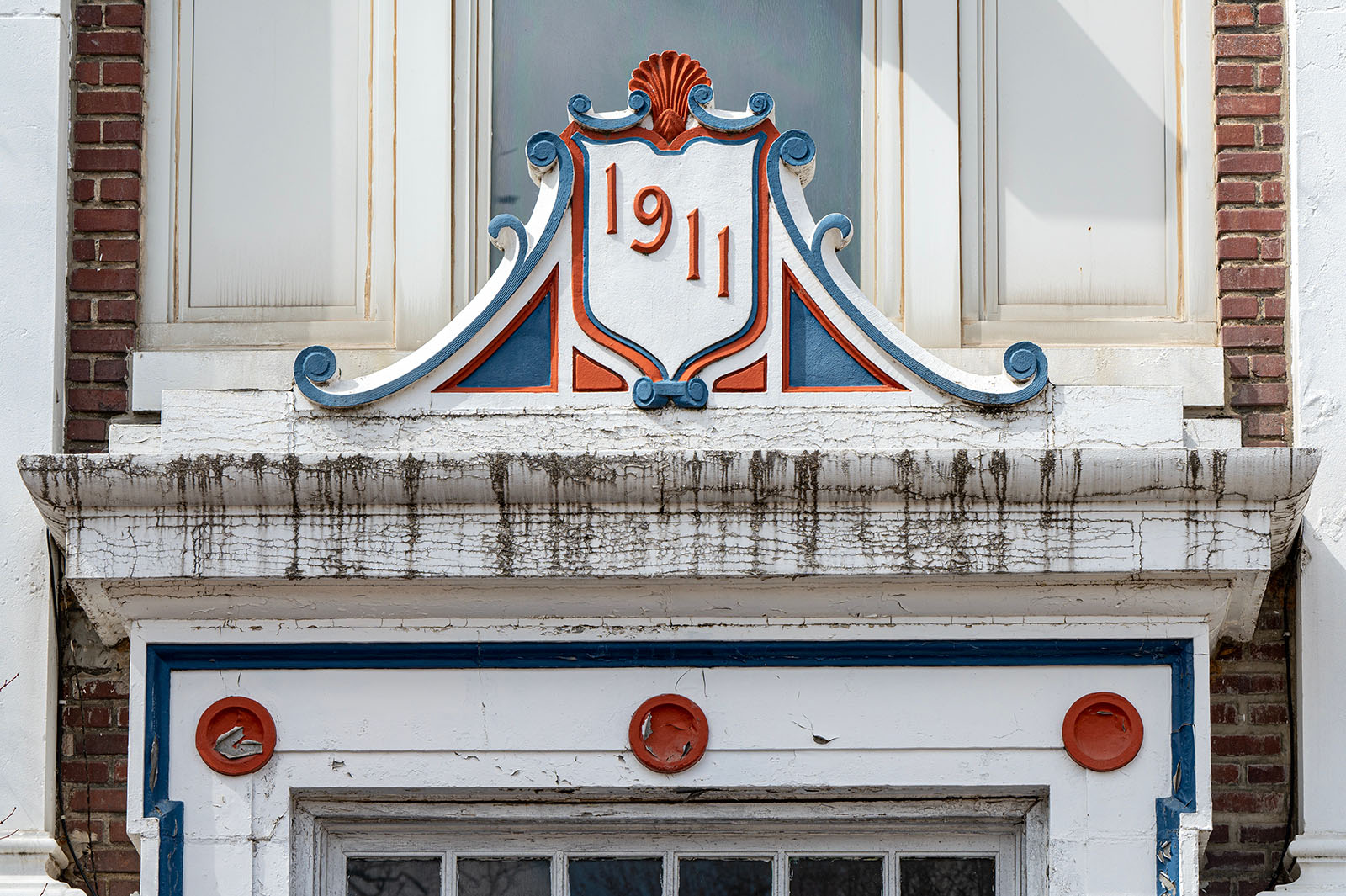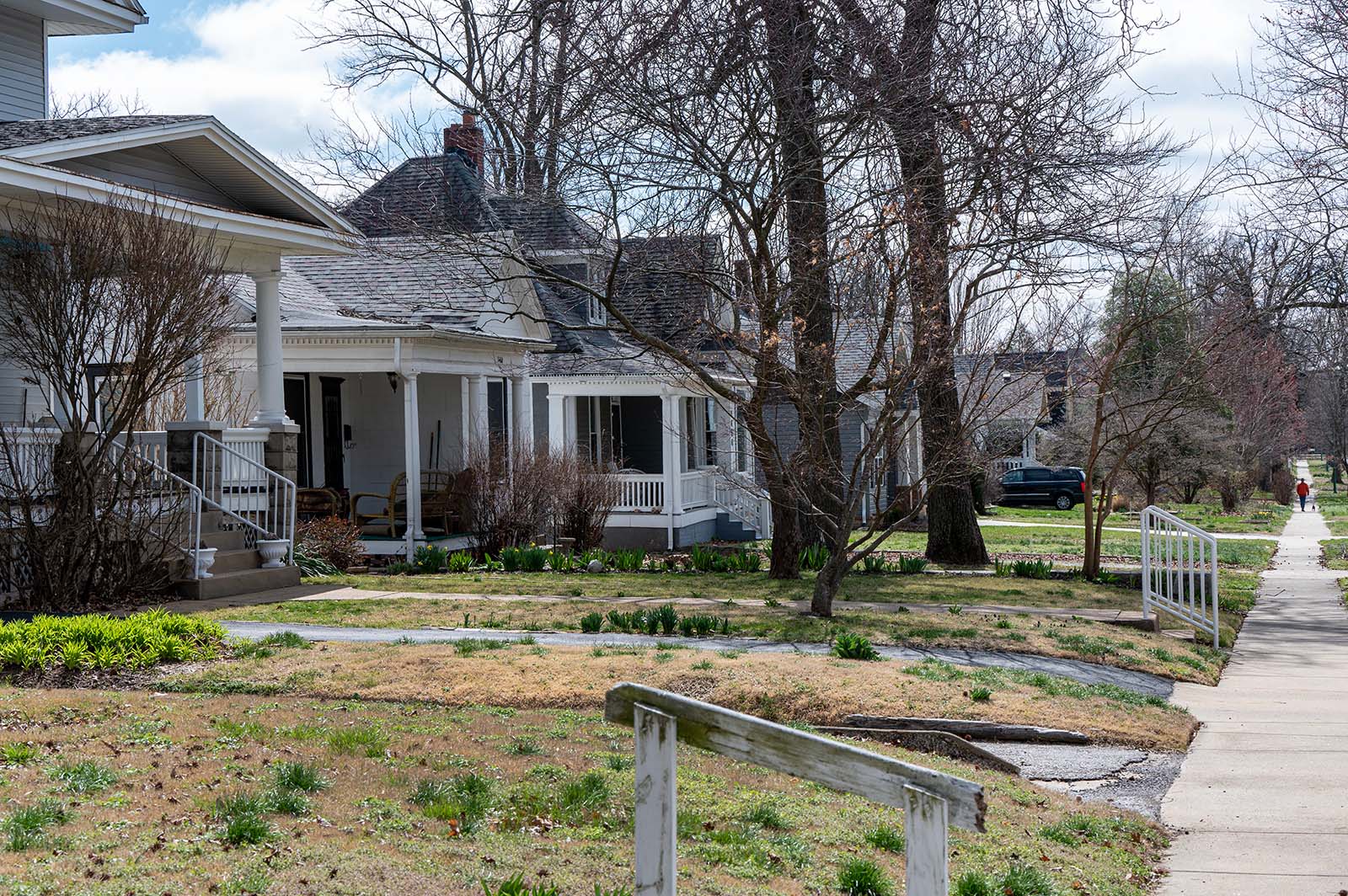In a place kids once learned to solve math problems and write paragraphs, people will rent apartments and office space, and maybe enjoy a new restaurant.
The former Boyd Elementary building located at 1409 N. Washington Ave. in Springfield’s Midtown neighborhood will soon be transformed into a planned, mixed-use development featuring residential and commercial units.
After four meetings between neighborhood residents and developer Matt Blevins and a 7-0 vote to recommend approval by the Planning and Zoning Commission, the Springfield City Council voted unanimously April 17 to rezone the 1.5 acres the former Boyd Elementary sits on into a planned development.
“I think that this type of mixed-use development, particularly when it involves adaptive reuse of an existing historic building is what we want in our community,” said Zone 4 Councilmember Matthew Simpson at the meeting. “[It] meets the goals of Forward SGF, promotes walkability, helps contribute to filling the housing shortage that we have in our community, promotes economic vitality and I think adaptive use projects like this can strengthen neighborhoods.”
After 112 years, Boyd Elementary enters new phase
The original Mary S. Boyd Elementary, which has been listed on the National Register of Historic Places, was built in 1911 and has been zoned for single-family residential use since 1995.
Springfield codes allow for schools to be built on single-family residential land. After declaring the building a surplus property in 2021, Springfield Public Schools sold it to the Boyd School Redevelopment Corporation, which Blevins is the president of.
The building is just more than 26,000 square feet in size, with the developer’s plan for the building allotting 22,500 square feet for 17 apartments and the remaining 3,500 to be made into commercial space.

Initial plans indicate 900 square feet of the commercial space could house a coffee shop or similar business, with the remaining 2,400 allotted for a possible restaurant.
In its recommendation for approval, city planners suggested restrictions on the types of businesses the development cannot house, specifying that “no bar, nightclub, overnight shelter, transitional service, shelter or soup kitchen will be permitted on the site.”
Additionally, the development plan requires any business in the building to be closed by 10 p.m.
The developer has also made some concessions, including an amendment Zone 1 Councilmember Monica Horton introduced to cap the number of residential units at 20 instead of 24, which existing city code would allow.
While the current plan is slated to only have 17 residential units, Blevins would only be allowed to add three more apartments if plans change regarding the commercial space.
Despite protest petition, votes were unanimous
While there was initially some opposition to Blevins’ proposed development — and some still remains — the developer’s emphasis on preserving the historical integrity of the building and the potential it has to create a more “complete neighborhood” led many residents, including the president of the Midtown Neighborhood Association, to support it.
But, as recently as April 3, some residents have still shown opposition to the development, citing traffic concerns and the potential problems that could arise from a business that serves alcohol on the property, which is not far from Drury University.
In a previous meeting, Springfield Deputy City Attorney Jan Millington said that neighbors could still protest a restaurant’s application for a liquor license, potentially bringing the issue before City Council, according to past reporting.
Opposition to the development culminated in a sufficient protest petition, effectively requiring a supermajority, or six votes, for the rezoning case to be successful. However, all nine council members ultimately voted for its passage.

Despite the disapproval by some Midtown residents, many have previously expressed support for the development, and the only two speakers at the April 17 public hearing (on Horton’s amendment) were also in favor of Blevins and his partners' plans with the old Boyd building.
“Not one adult living on North Washington Avenue will be living in those houses 100 years from now,” said Marie Wood, a member of the Midtown Neighborhood Association. “But our grandchildren might. They will live there not because things stayed the same, but because new spaces were existing and inviting.
“Reimagining Boyd as a place for young professionals that live and work in close proximity to Midtown is a giant step in the right direction. Having commercial space in Boyd will help attract a new generation of families.”
Simpson said he hopes similar developments like this one would occur as more former school buildings become available after the $220 million bond ballot measure, Proposition S, passed with overwhelming support in the April 4 municipal election, which will fund the construction of a new Pipkin Middle School and Reed Academy.

